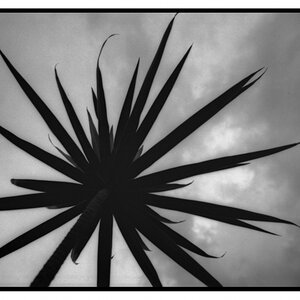Miaow
TPF Noob!
- Joined
- May 25, 2007
- Messages
- 885
- Reaction score
- 0
- Location
- South of Melbourne, Australia
- Website
- s7.invisionfree.com
- Can others edit my Photos
- Photos NOT OK to edit
Just wondering what are the best settings for getting a good clear pic of the stars?
I was playing around last night (finally got a tripod for the Canon YAY ) but I'm getting some movement on the stars (star trails i think) which i don't actually want.
I was using ISO200, F5.6 at about 175mm (75-300mm Zooms lens) and a 30 sec exposure - thinking the long exposure would make them clearer but obviously as i mentioned I'm getting some movement in the stars so I gather thats too long or is it also cause of using the zoom as well?
So i thought I'd ask here what others find the best settings for a nice clear shot are.
Thanks.
I was playing around last night (finally got a tripod for the Canon YAY ) but I'm getting some movement on the stars (star trails i think) which i don't actually want.
I was using ISO200, F5.6 at about 175mm (75-300mm Zooms lens) and a 30 sec exposure - thinking the long exposure would make them clearer but obviously as i mentioned I'm getting some movement in the stars so I gather thats too long or is it also cause of using the zoom as well?
So i thought I'd ask here what others find the best settings for a nice clear shot are.
Thanks.



![[No title]](/data/xfmg/thumbnail/35/35871-d9de705fa64b06051419be6d3739d6ac.jpg?1619737197)




![[No title]](/data/xfmg/thumbnail/32/32158-8de1a90710a58144b47a0cee83a6c820.jpg?1619735234)

![[No title]](/data/xfmg/thumbnail/35/35867-0c74c728d92f908264af585fd93bd36c.jpg?1619737194)


